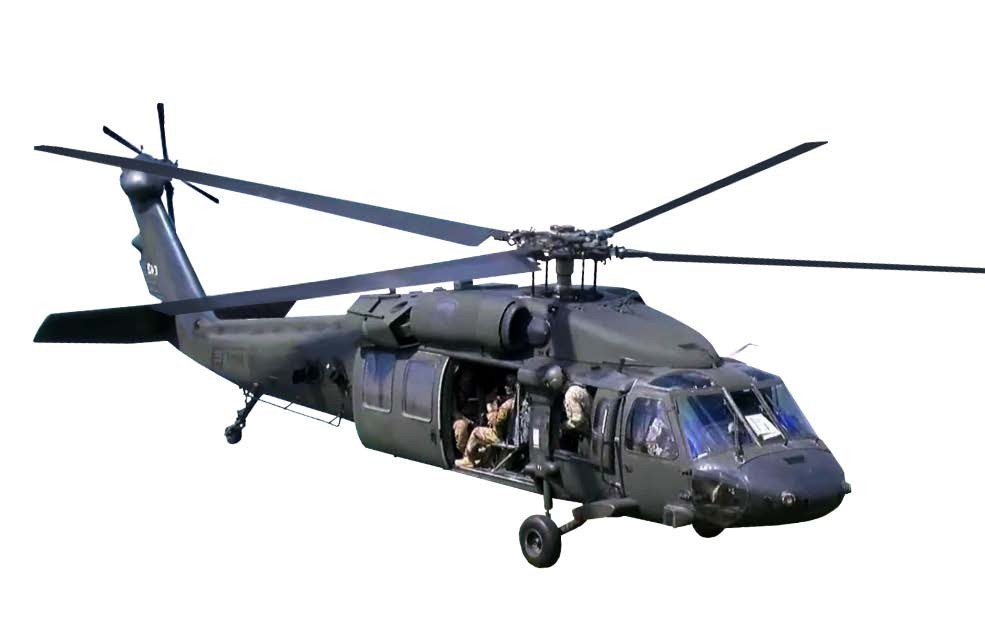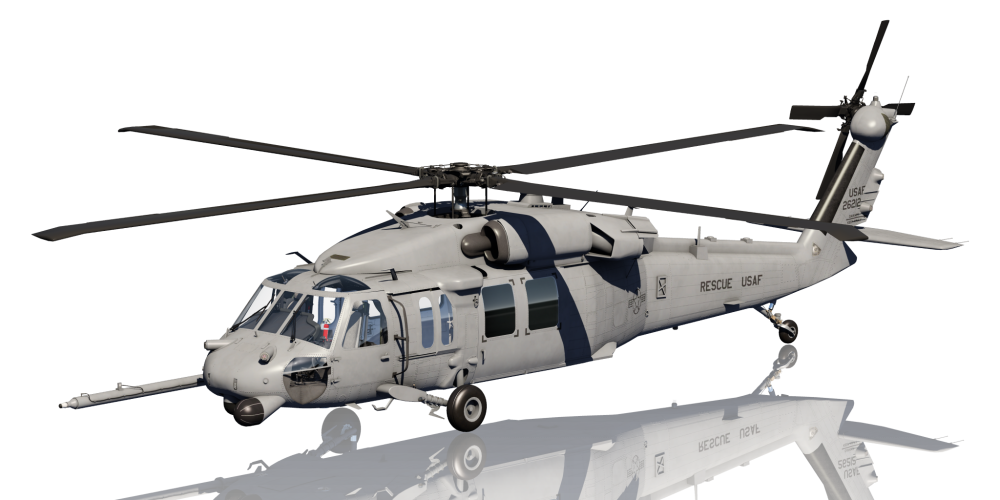Why the UH 60 Remains a Favorite Choice Amongst Armed Forces Worldwide
Why the UH 60 Remains a Favorite Choice Amongst Armed Forces Worldwide
Blog Article
UH-60: Advancements in Modern Helicopter Layout
The UH-60 helicopter stands as a standard in modern aeronautics, showcasing substantial improvements in design and innovation that deal with the developing demands of military procedures. Its unification of advanced materials not just improves efficiency yet additionally addresses crucial safety and security problems. The integration of advanced avionics has transformed functional capacities, permitting for greater situational awareness and decision-making efficiency. As we discover the evolution and crucial technologies of the UH-60, it ends up being important to take into consideration exactly how these growths influence not just current applications however also the future landscape of helicopter design.

Evolution of the UH-60
The advancement of the UH-60 Black Hawk helicopter represents a significant turning point in aerospace engineering and armed forces air travel. Introduced in the late 1970s, the UH-60 was created by Sikorsky Airplane to fulfill the USA Army's need for a flexible utility helicopter with the ability of performing a variety of missions. Its design highlighted ability to move, speed, and longevity, setting new requirements for functional performance.
The UH-60 includes a distinctive four-blade rotor system, which improves lift and stability, permitting it to run properly in diverse environments. Its airframe is built from sophisticated composite materials, contributing to a reduction in weight while keeping structural integrity. The helicopter's design also includes better aerodynamics, which improves gas effectiveness and raises variety.
For many years, the Black Hawk has actually undergone numerous upgrades to boost its capacities, including boosted engines, progressed flight control systems, and modular systems for simple maintenance and versatility. The helicopter's capability to carry out objectives ranging from army transport to clinical discharge has actually strengthened its function as a backbone of united state military procedures. The UH-60 Black Hawk stays a prime instance of just how development in helicopter layout can considerably affect armed forces performance and functional adaptability.
Advanced Avionics Equipments
Innovations in avionics systems have transformed the abilities of contemporary helicopters like the UH-60 Black Hawk, improving operational effectiveness and situational awareness (UH 60). The integration of sophisticated avionics permits improved flight, navigation, and communication monitoring, making the UH-60 much more flexible in diverse objective accounts
Among the crucial attributes is the advanced electronic cabin, which utilizes multifunction displays that offer real-time data, guaranteeing pilots have immediate accessibility to essential trip details. This streamlining of information minimizes pilot workload and improves decision-making processes throughout facility operations. Furthermore, the incorporation of GPS and inertial navigating systems allows specific positioning and course preparation, improving goal implementation in difficult settings.
In addition, progressed avionics systems enhance interaction capacities via safe data links and voice interaction systems, enabling seamless control with ground pressures and other airplane. The integration of automatic flight control systems additionally contributes to boosted stability and control, specifically in unfavorable weather or throughout low-altitude maneuvers.
Engine and Efficiency Enhancements
Engine performance in modern-day helicopters has actually taken a significant leap forward, driven by innovations that boost integrity, effectiveness, and power. The UH-60 Black Hawk, for instance, utilizes the T700-GE-701C engine, which includes a dual-channel, full-authority digital engine control system.
In addition, the assimilation of engine health and wellness monitoring systems permits real-time diagnostics and predictive maintenance, substantially boosting operational integrity. These systems not only alert crews to prospective problems before they come to be important however also facilitate extra effective upkeep scheduling, consequently lowering downtime.

Materials and Structural Innovations
Current advancements in materials and structural layout have changed modern-day helicopter construction, boosting both efficiency and longevity. The introduction of sophisticated composite products, such as carbon fiber reinforced polymers, has considerably reduced weight while preserving structural honesty. This change not just enhances fuel efficiency but likewise increases payload ability, enabling helicopters like the UH-60 to perform even more diverse goals.
In addition, developments in aluminum alloys and titanium elements have actually added to improved resistance to rust and exhaustion, expanding the lifespan of vital airframe aspects. The tactical use these products has brought about a decrease in maintenance demands and enhanced overall functional readiness.

In addition, the assimilation of computer-aided layout (CAD) and additive manufacturing technologies has made it possible for extra intricate geometries and light-weight structures, optimizing the wind resistant efficiency of helicopter designs. These innovations help with quick prototyping and production, enabling manufacturers to react swiftly to progressing goal needs.
Security and Survivability Attributes
Safety and security and survivability features in modern helicopter design have actually become critical, reflecting the boosting needs for goal performance in tough settings. The UH-60 Black Hawk, a significant instance, incorporates sophisticated innovations to improve crew and passenger defense.
The helicopter additionally uses a ballistic security system, that includes armored team seats and vital systems protecting, lowering vulnerability to click here for info tiny arms fire and shrapnel. Improved situational understanding is achieved via innovative avionics and sensor technologies, allowing pilots to identify and stay clear of dangers efficiently.
Furthermore, the assimilation of redundancy in essential systems-- such as double engines and multiple trip control channels-- ensures ongoing operation even if one system falls short. The UH-60 is geared up with advanced emergency situation flotation protection gadgets, enhancing survivability in water touchdowns. Collectively, these attributes not only boost the security of employees however also boost mission success prices in hostile environments, showing the commitment to quality in helicopter design.
Verdict
The UH-60 helicopter stands for a significant development in contemporary aeronautics technology, incorporating ingenious materials, innovative avionics, and durable security functions. On the whole, the UH-60 offers as a benchmark for future developments in helicopter design, symbolizing durability and adaptability in modern armed forces procedures.
The UH-60 helicopter stands as a standard in modern-day aeronautics, showcasing substantial innovations in layout and technology that provide to the advancing needs of army procedures. As we check out the development and crucial advancements of the UH-60, it ends up being vital to think about exactly how these developments influence not just existing applications however likewise the future landscape of helicopter style.
Introduced in the late 1970s, the UH-60 was designed by Sikorsky Airplane to satisfy the United States Army's need for a versatile energy helicopter capable of carrying out a variety of missions. The UH-60 Black Hawk continues to be home a prime instance of exactly how development in helicopter layout can significantly influence armed forces effectiveness and functional versatility.
In general, the UH-60 serves as a standard for future advancements in helicopter design, personifying durability and flexibility in modern armed forces operations.
Report this page